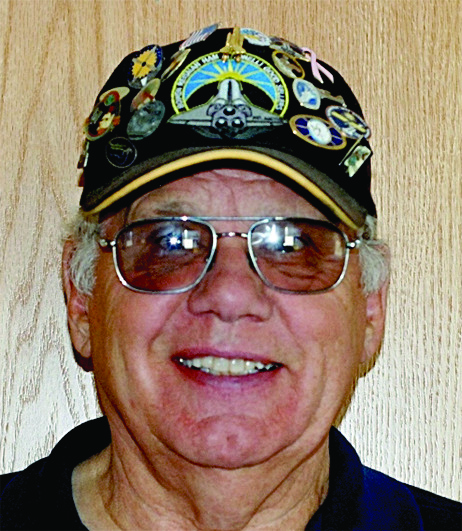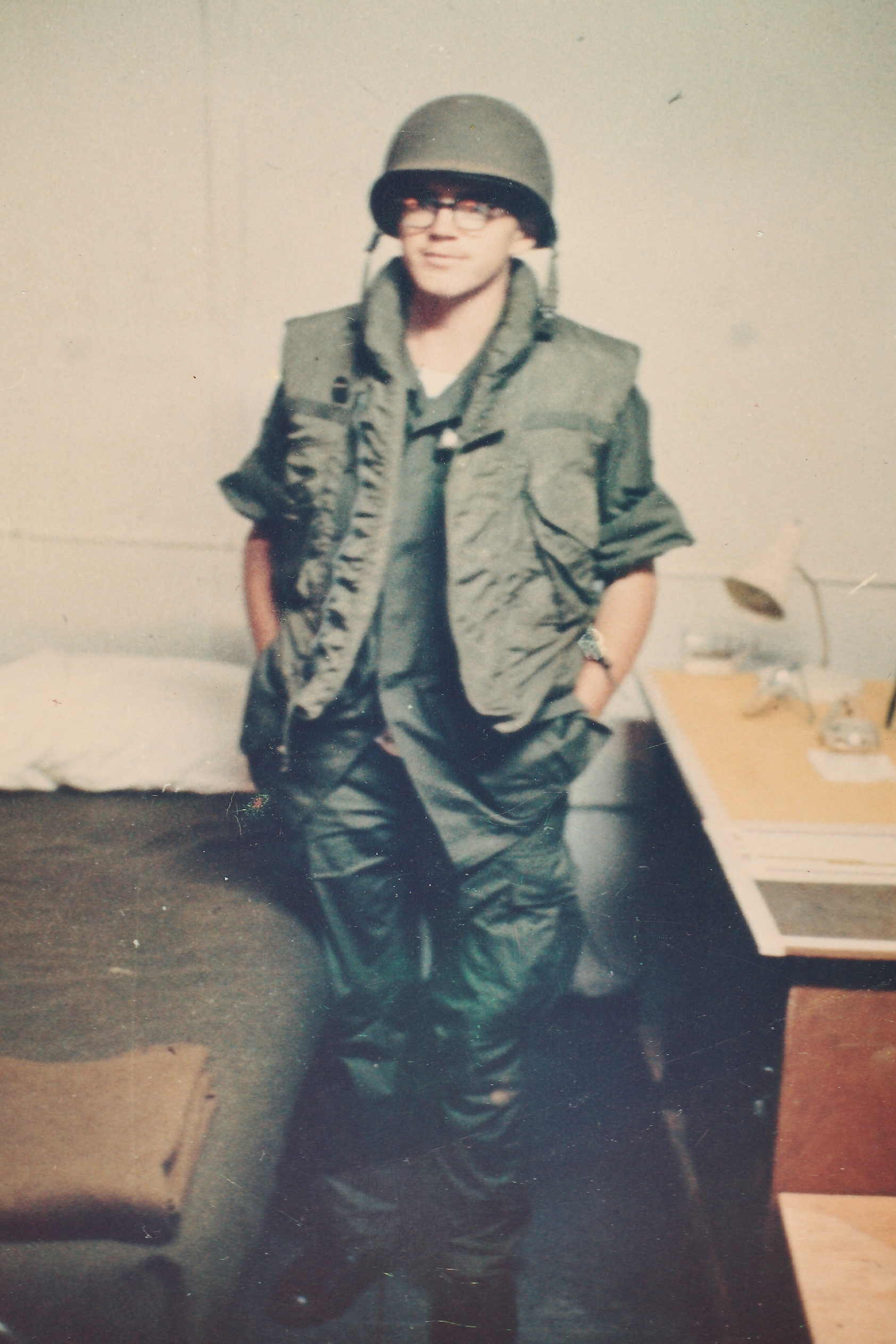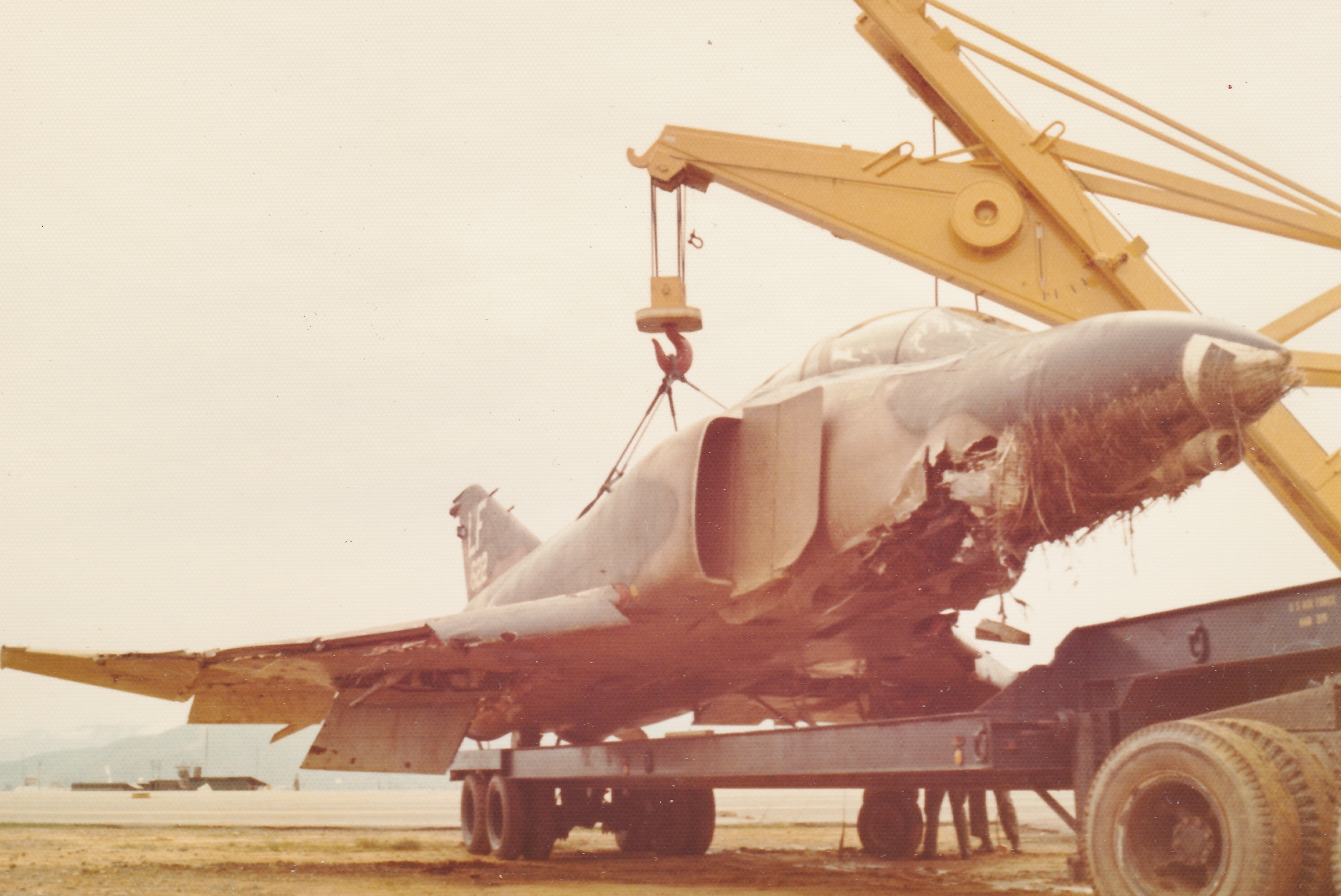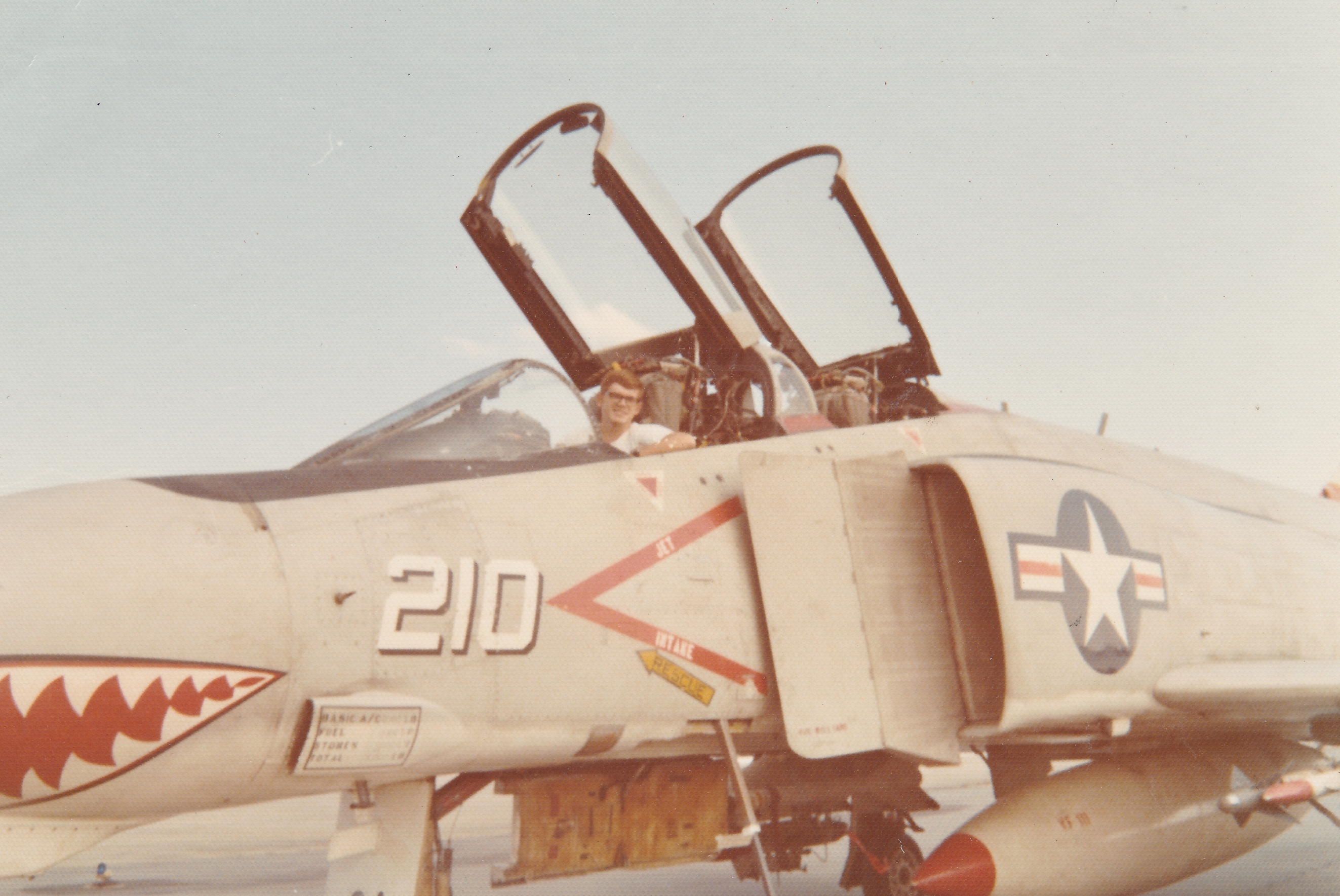Honoring Our Veterans: Russ Voorhees
 | Author:
Matt Nelson
MT43 News Correspondent |
PART 1 U.S. Air Force Sergeant Russ Voorhees served for four years, from 1969 until 1973. “I enlisted in the United States Air Force on November 23, 1969, which left an empty seat at the table on Thanksgiving Day that year. My flight to Texas was the first time I had ever been on a commercial aircraft. That group of new recruits arrived at Lackland Air Force Base in San Antonio, Texas, where we would be at the mercy of the meanest person I’d ever met for the next 8 weeks. But he made sure we had nice haircuts, food, exercise, and clothes. What more could a person ask for? Basic training was all about learning the military way, how to march, how to shoot, how to be a stronger person, and how to wear that great USAF uniform proudly.
“With Basic Training completed, and a new stripe on the sleeve of my uniform, I went to Sheppard AFB, in Wichita Falls, Texas, for technical training. Before enlistment, I’d had to take several tests to qualify for the training I wanted and I had scored well. Poor eyesight kept me from flying, but I wanted to be around the aircraft. The Air Force thought I’d make a good jet mechanic. The technical training was intense, but I enjoyed all of it.
We marched to ‘school’ after breakfast every day for the next 14 weeks. The school was a huge aircraft hangar with several contemporary fighter aircraft staged around the periphery of the hangar in various stages of disassembly to show the workings of all the aircraft systems. As a unit, we learned everything we needed to know about the aircraft and how to maintain them efficiently. There was a war on, and when we were later sent to our first assignments, we were expected to make sure our airplanes were launched on time, and if they returned with battle damage, we were expected to be able to repair them and see to it they were ready for their next mission. It was a huge responsibility for an 18-year-old kid from Indiana. I loved it.
“After Tech School, I arrived at Luke, AFB, in Phoenix, Arizona, for my first assignment with another stripe on my sleeve. I was assigned to a sergeant who was the crew chief on the North American F-100F fighter. He taught me the finer points of how to launch and recover ‘our’ airplane. (In the enlisted man’s mind, those airplanes were ours, and we only loaned them out to the pilots so they’d have something in which to train.) If there was any doubt about who owned the airplane, one had only to look just below the plexiglass canopy and see whose name was stenciled there.
But the heat of Arizona in June, July, and August was just too hot for me. After 3 months of 116-degree days, I went to the Personnel Office for a transfer. My only recourse was to volunteer for a tour in Viet Nam, so I signed up to work on the Mistys flying F-100s out of Tuy Hoa, just north of Saigon. The Mistys were a crack F-100 squadron with an outstanding reputation. I was looking forward to the assignment.
“After the required 30-day leave for anyone going to Southeast Asia, I arrived ‘in country’ at Saigon on September 11, 1970. It was raining, and it didn’t stop until February, such is the monsoon season. I hopped aboard a C-130 transport to Tuy Hoa, but when I arrived, I was told that all the F-100 aircraft had been transferred to the South Vietnamese Air Force. I was in limbo for a week waiting for a new assignment. Soon I was aboard another C-130 headed further north for Da Nang Air Base, just 50 miles south of the Demilitarized Zone (DMZ). When I arrived, I was told that there were no F-100 fighters at Da Nang. It was an F-4 base, and I had no F-4 Phantom training. I was given the choice of working in the sheet metal shop or working with the Crash Recovery Squadron.
Crash Recovery it was! It was the most exciting time of my life. Our mission was to keep the two 10,000-foot runways of Da Nang open. At the time, Da Nang was busier than O’Hare Airport in Chicago. With the air war raging up north, returning aircraft with battle damage was a constant. Some barely made it to the runway and had to be removed on a flatbed trailer. Others could be towed away. Some had to be lifted with our 50-ton crane before they could be removed. Being so far north, Da Nang was attacked regularly (at least twice a month) with rockets and mortars, followed usually by a ground attack. Of course, this almost always took place in the wee hours of the morning. Crash Recovery had two crews and we worked 24 hours on, then 24 hours off. It was a very busy time, but I enjoyed my work. Occasionally, I would have to hop on a helicopter to retrieve aircraft from the jungle, but most of the work was done on the base.
Article Images
Click on Image Thumbnail(s) to view fullsize image
PhotoCredit: Matt Nelson
Image 1 Caption: Russ Voorhees in Viet Nam
Image 2 Caption: F-4 Crash Recovery
Image 3 Caption: Russ Voorhees in a Navy F-4


